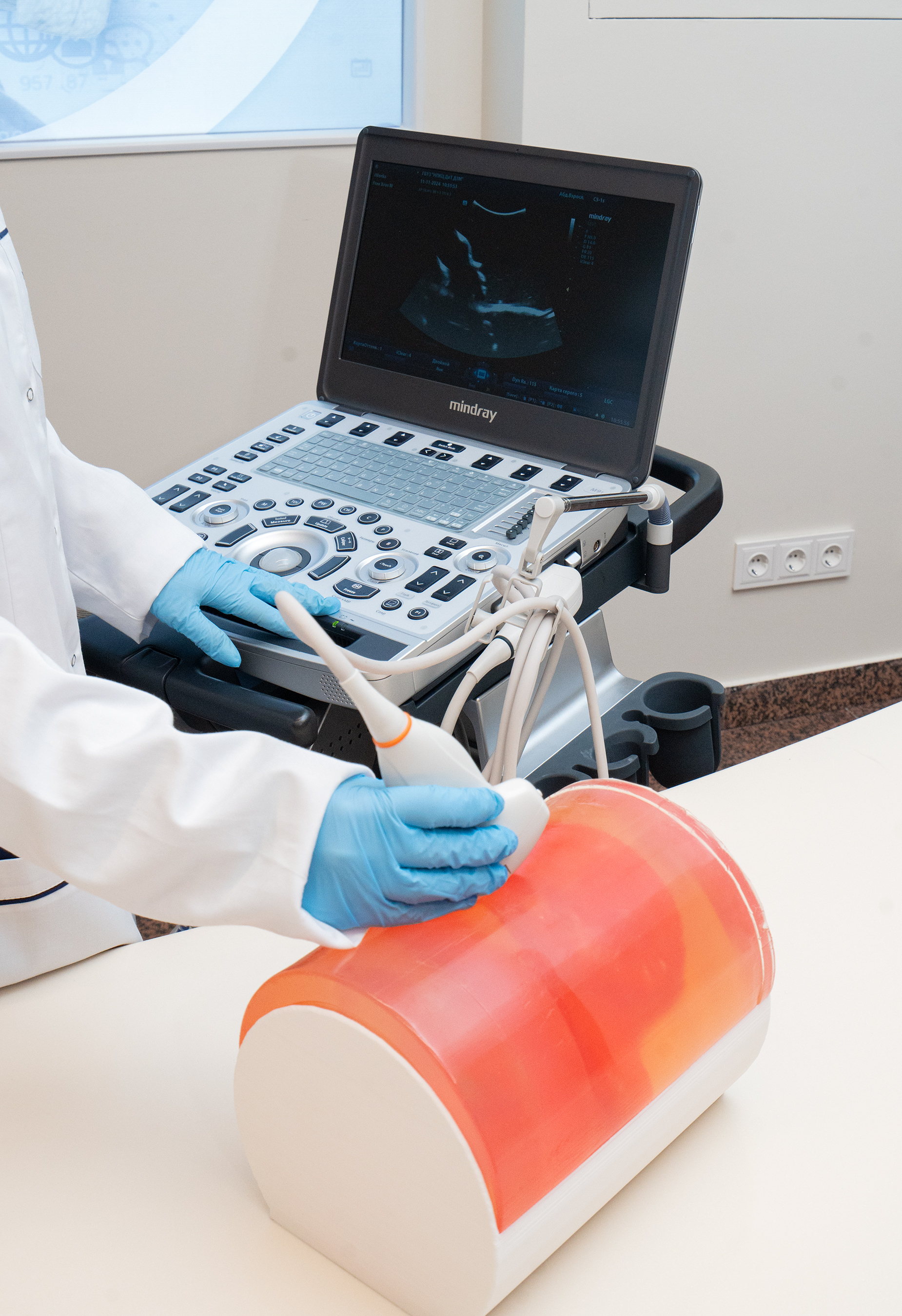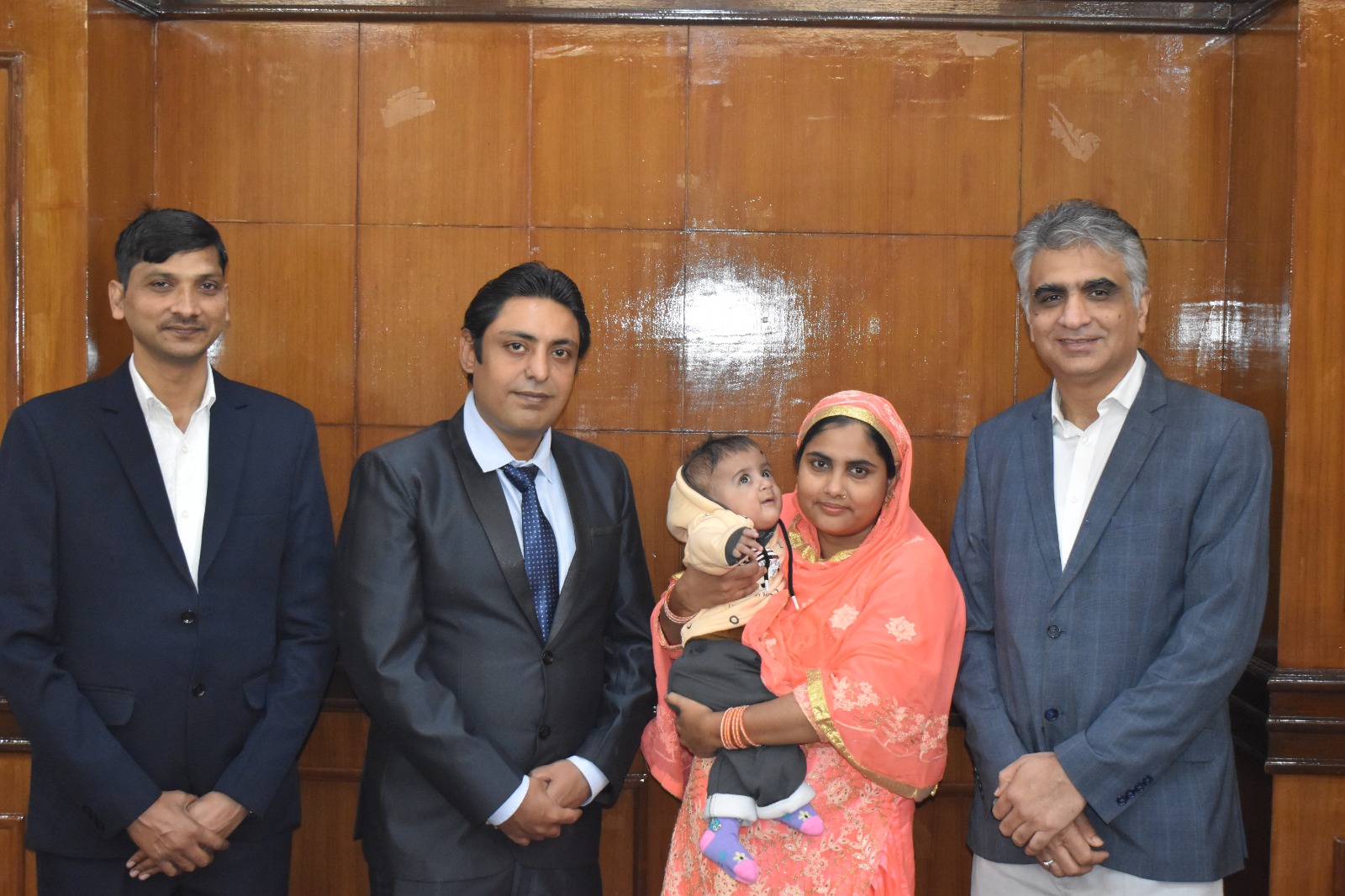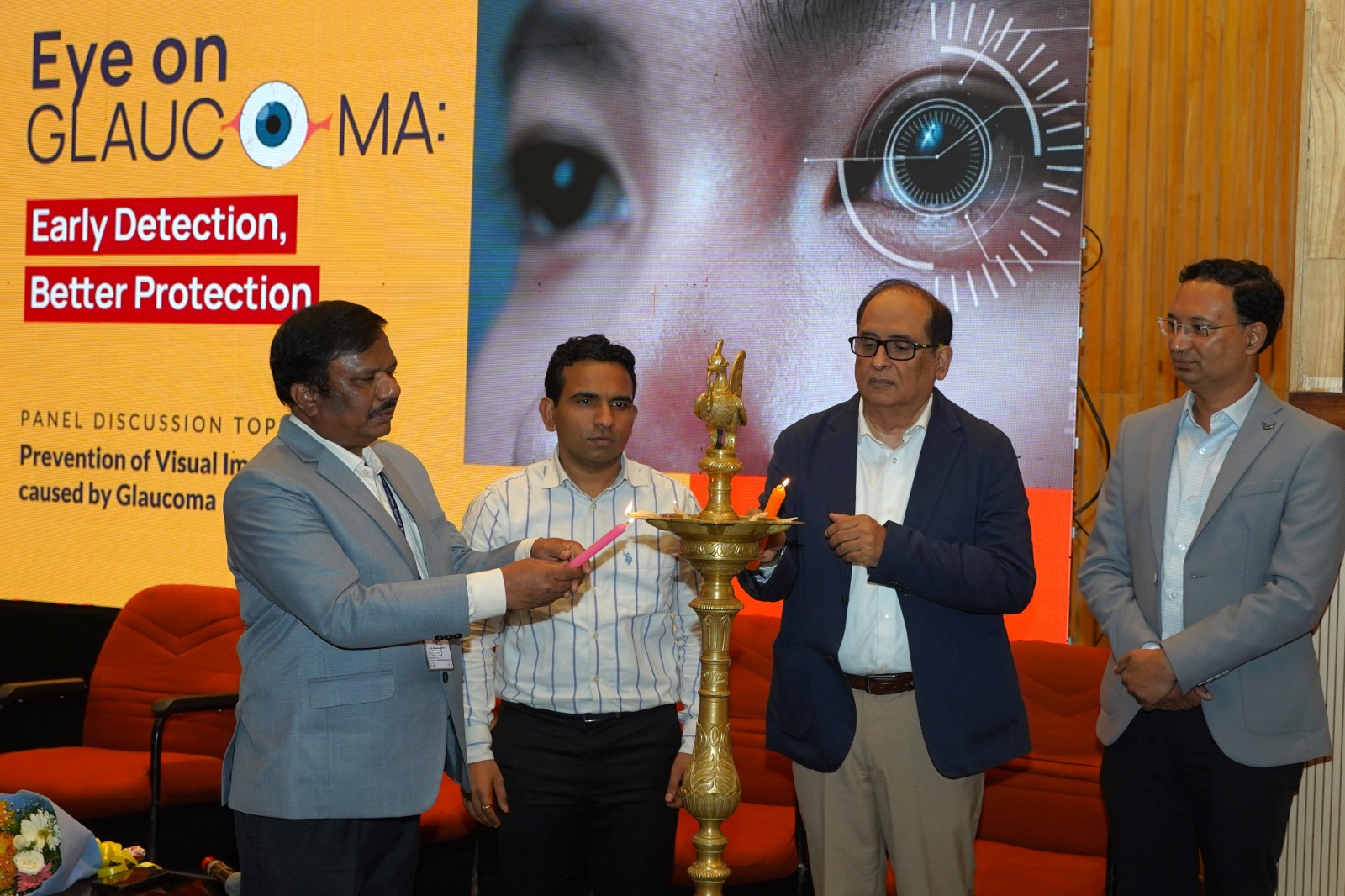Palliative care is specialized supportive care or medical care for those people who are living with severe illness. People find difficulty in living their life after diagnosing the condition and navigating for a variety of treatment options. Palliative care helps in improving the quality of life by providing relief from the symptoms. Anyone can receive this care irrespective of their age for chronic diseases.
IAPC and problems
Indian Association of Palliative Care (IAPC) was established on 16th March 1994 in consultation with the World Health Organization (WHO) and the Government of India as a national forum to connect with individuals and institutions involved in palliative care. It’s been more than two decades of establishment, yet there are many hindrances in the growth of palliative care. These difficulties are not only the population, poverty, diversity but also the limited national care policy and lack of institutional interest in palliative care.
Palliative care improves health care in three ways – i) relief of physical and emotional suffering, ii) improving and strengthening the process of patient-doctor communication and decision making and iii) assurance of coordination among multiple healthcare settings.
Palliative Care Team
Individuals are trained specifically to buildup a palliative care team. The team often communicates with person’s doctors, hospital staff in order to ensure full support and control over their care and treatment. It’s not like hospice care, neither does it mean that person can not recover. Palliative care can go along with curative treatment. Palliative care can be provided at hospitals, nursing homes, a person’s house, and a palliative care clinic.
The team provides emotional and social support
It can start at any time during the period of illness. People diagnosed with cancer can have palliative care soon after their detection to improve mental health, increase survival rates, and for a better quality of life. People do not need a life-threatening illness to receive palliative care, in fact, those people who are having chronic conditions can also get benefit from this kind of care. People with HIV AIDS, Kidney disease, Liver disease, Cancer, CHD, COPD, Parkinson’s disease can adopt palliative care for their easy-going life. The palliative care team also works with a person’s families to provide emotional and social support. This way palliative care helps in relieving the burden from their loved ones.
There are many palliative care centers in our country, but the reach is limited to only metros or big cities like Ahmedabad, Bengaluru, Mumbai, Delhi, etc. Among all states, Kerala has a wide network of more than 60 units covering a population of more than 12 million and is one of the largest networks in the world.
Hospice care
It includes end of life care for people who stop their treatment or to a situation where there is no treatment available. Both palliative and hospice care try to provide the support that makes them comfortable. The hospice care team also works with the family to provide basic support. This can take place at home or at any medical facility. The only difference between palliative and hospice care is that people are not receiving curative treatment in hospice care, but they still take medicines to relieve symptoms.

 “Palliative care improves the quality of life for people having chronic or serious illnessesâ€
“Palliative care improves the quality of life for people having chronic or serious illnessesâ€










.jpeg)








.png)
.png)

.png)
.png)
.png)

.png)
.png)
.png)

.png)
.png)